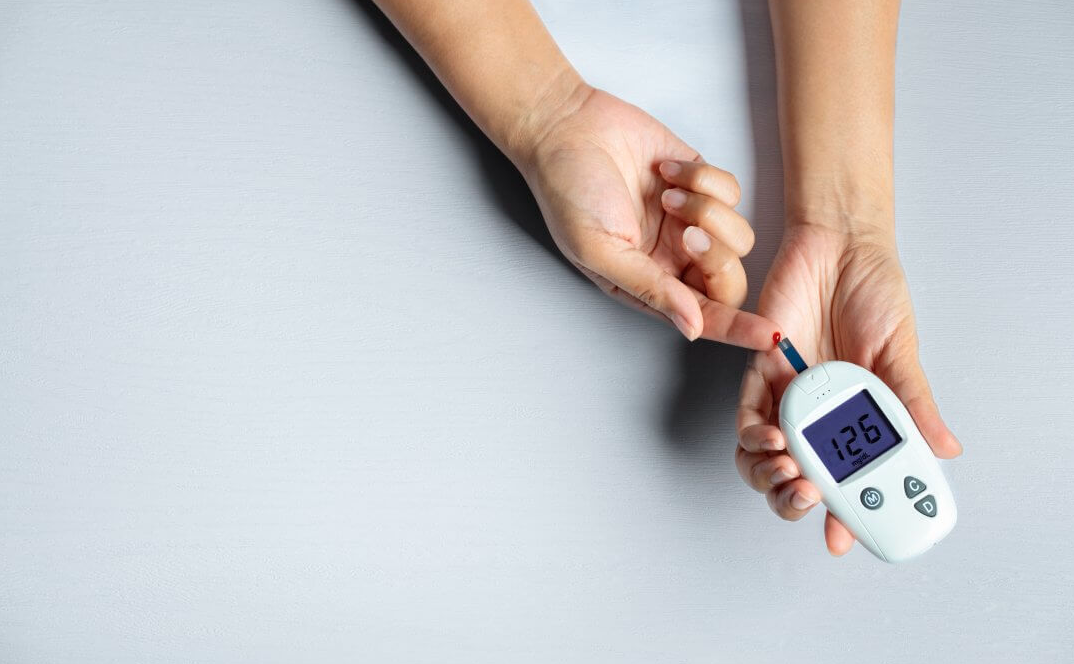
The prevalence of diabetes
The prevalence of diabetes and diabetes-related morbidity is rising. Based on data from the Centersfor Disease Control (CDC), the US population in 2010 was 308,745,538. Assuming a diabetesprevalence of 8.3% approximately 25,625,880 Americans are currently affected by diabetes.Similarly, hospital costs are rising. Specifically, diabetic foot ulcer care costs the Medicaresystem approximately $1.5 billion per year, ranging anywhere from $3,000 to $108,000 per ulcerdepending on the extent and management of disease. Understanding the effect of diabetes onfoot ulcer admissions, treatment, and hospital costs, it is essential to developing health interventionsin this population.
In this study, we sought to describe the impact of diabetes on foot ulcer admissions in the UnitedStates, including the temporal trends, etiology, incidence of major and minor lower extremityamputations, and to investigate potential explanations for rising hospital costs among patients withdiabetic foot ulcers. Our data demonstrate that the rate of foot ulcer admissions over time wasrelatively stable overall between 2006 and 2010, but that the ratio of diabetic versus nondiabeticfoot ulcer admissions increased significantly over time. Overall, the ratio of foot ulcer admissionswas 11 times higher in patients with diabetes compared with those without, totaling nearly 150,000admissions per year. When stratified based on limb pathology, nearly one-third of foot ulceradmissions among diabetic patients were for infection, which is a preventable condition in manycases. Neuropathy and PVD were also common in the diabetes and nondiabetes groups,respectively.
These findings are somewhat surprising in the context of published CDC data demonstrating thathospital admissions for diabetic foot ulcers have been relatively stable between 2003 and 2007.However, our study examines trends in diabetic foot ulcer admissions over a longer period of time(2006–2010). We report a marked change in the proportion of patients with diabetic versusnondiabetic foot ulcers between 2008 and 2010 from 10.9 to 12.7, respectively, indicating thatincreasing diabetic foot ulcer admissions is a contemporary trend that deserves acknowledgment.Interestingly, the proportion of major amputations per foot ulcer admission was lower in diabeticcompared with nondiabetic patients in our study, but the minor amputation rates were higher. It iswell documented that, overall, diabetic patients are more likely to undergo major amputation thannondiabetic patients. Consistent with this notion, diabetes accounted for 83% and 96% ofmajor and minor amputations related to foot ulcers in our study, respectively.
Therefore, it appearsas though diabetic foot ulcer patients are more likely to be admitted for minor amputations andother attempts at limb salvage compared with their nondiabetic counterparts. This assumption issupported by prior work demonstrating that diabetes-related foot ulcer admissions are associatedwith increasing attempts at limb salvage in recent years. For example, we have previously shownthat the rate of endovascular revascularizations and minor amputations among diabetic foot ulcerpatients have significantly increased in the past 5 years, while major amputation rates remainstable.
Unfortunately, it appears that these attempts at limb salvage might not be sufficient. According tothe CDC, approximately 73,000 nontraumatic lower limb amputations were performed in adults withdiabetes in 2010, accounting for about 60% of all major amputations. Based on these data, the riskof major amputation is estimated to be 1.5 times higher in patients with diabetes compared withthose without. However, diabetes accounted for 83% of all major amputations in our study,compared with 17% in nondiabetics. These data suggest that the risk of major amputation amongpatients specifically admitted with a primary diagnosis of foot ulceration is 5 times higher in patientswith diabetes compared with those without. As a result, the presence of diabetes and foot ulcercombined appears to increase the risk of major amputation by 3.2-fold per patient overall, despite alower per-admission risk.
The high rate of amputations associated with diabetic foot ulcers has substantial financialimplications. In general, medical costs for diabetes in 2012 were $176 billion, which was 2.3 timeshigher than medical costs related to no diabetes, and costs associated with the treatment ofdiabetic foot ulcers are increasing significantly over time. In this study, we found that the cost ofdiabetic foot ulcer care is estimated to be $1.38 billion per year, compared with $0.13 billion peryear in nondiabetic foot ulcer patients. As a result, the presence of diabetes appears to increase thecost of foot ulcer care by 10-fold. Although the adjusted hospital costs per foot ulcer admission wereactually lower among diabetic versus nondiabetic patients, diabetic patients with foot ulcers have ahospital readmission rates as high as 34%. This suggests that a need for multiple admissions overtime is likely the driving force behind rising costs in diabetes care. As such, the per-patient costs fortreatment of foot ulcers are likely substantially higher among the diabetic population, especiallygiven the increased risk of minor amputations in this group.
One strategy to reduce the costs associated with diabetic foot ulcers is through early identificationand treatment before the ulcer reaches a stage that requires inpatient admission. Early referral tomultidisciplinary diabetic foot clinics can decrease progression of disease, and limb salvage teamsthat address the prevention, surveillance, and management of foot ulcers can improve outcomes viaa multidisciplinary approach. Deep infection and gangrene, specifically, are preventable withcompliant outpatient foot ulcer care. Our data suggest that infection is the main driving force behindthe hospital admission and health economic burden associated with diabetic foot ulcers. In addition,our data also suggest that patients with diabetic foot ulcers tended to be young black males of lowsocioeconomic status. These findings are consistent with prior studies demonstrating a higher risk offoot ulcers among disadvantaged populations, frequently due to recurrent infections of priorwounds site due to poor compliance with outpatient treatment. Therefore initiatives that targetthe identification of these high-risk patients that would benefit from foot ulcer screening and earlyintervention would be helpful. By preventing infection and minimizing the need for minoramputation among diabetic foot ulcer patients early in their disease course, we could potentiallyreduce the incidence of major amputations and ultimately the exorbitant hospital costs associatedwith diabetic foot ulcers.
The limitations of our study deserve discussion. We used data from the NIS that, like anyadministrative database, can suffer from administrative coding errors and missing data. As a result, itis possible that some of the diagnoses of foot ulceration that we identified using ICD-9 codes are notentirely representative of the disease state of interest. However, given that 962,496 foot ulcerpatients were identified for analysis in this study, it is our hope that the effects of coding errors areminimized and the overall trends that we report are accurate. In addition, the NIS provides only per-admission information, so it is impossible to determine whether a patient has been admittedmultiple times for the same diagnosis, or whether each admission represents a unique patient.Based on Agency for Healthcare Research and Quality (AHRQ) data reporting a 34% readmission rateamong diabetes patients, we assume that many admissions represent repeat admissions for thesame patient, which would explain why the per-admission major amputation rates are lower in thediabetes foot ulcer group even though it is well known that major amputation is significantly morecommon among diabetic patients overall. Future studies investigating the per-patient costsrelated to diabetic foot ulcer treatment would be helpful in delineating the precise economic burdenof this disease.
In conclusion, the rate of foot ulcer admissions over time is increasing substantially among thediabetic population. The ratio of foot ulcer admissions is at least 11 times higher in patients withdiabetes compared with those without, accounting for 83% and 96% of major and minoramputations, respectively. As a result, the national costs associated with diabetic foot ulcers havebecome astronomical, more than 10-fold that of the cost of nondiabetic foot ulcer care. Despiteprevious estimates that admissions for DFU were stable, these data suggest that efforts at limbsalvage have resulted in a recent increase in hospital admissions and associated costs. The majorityof these costs are related to the treatment of infected ulcers, which is often a preventable disease.Education initiatives and early prevention strategies with compliant outpatient multidisciplinary caretargeted at high-risk populations are essential to preventing further increases in what is already asubstantial economic burden.


